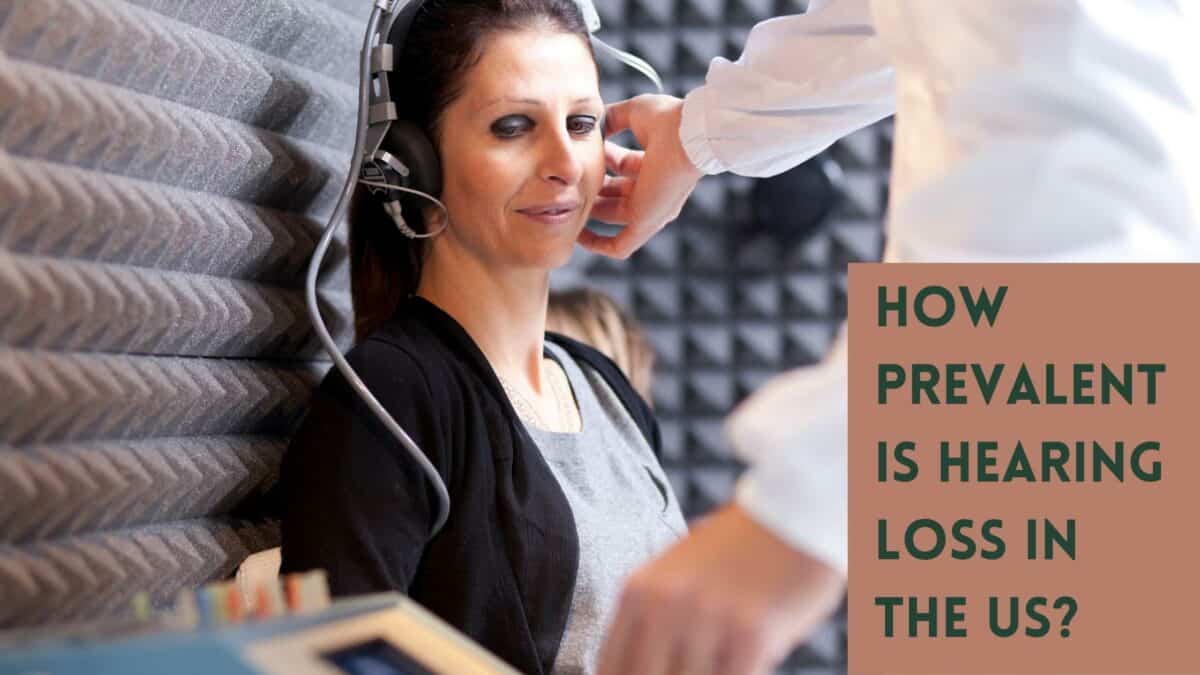When you face hearing challenges, it may seem at times like no one understands what you are going through. Hearing loss isn’t often talked about in the world around us or in the media, but rest assured, you are not alone. Hearing loss statistics can be hard to parse, but based on hearing exams in the United States, around 13% of Americans over age 12 have some degree of hearing loss in both ears – that’s around 30 million people.
The Basics
When self-assessing, even more people report having some trouble hearing – roughly 15% of people surveyed. Trouble hearing can include hearing loss issues as well as intrusive tinnitus. In studies of American adults, about 10% report having an incidence of tinnitus in the past year. For those reporting tinnitus it is a chronic and intrusive condition for about one-third of them, roughly 3.3% of the total population.
Early Life Hearing Loss
Hearing loss can also occur at birth. Rates for newborns with hearing loss in one or both ears hovers between two and three babies per 1000 births. Frequent screenings for hearing loss are required in early childhood. Failure to detect a hearing issue may inhibit a child’s pace of learning and development, especially at critical communication stages. Most infants with hearing loss are born to parents without hearing impairment – around 90%.
Hearing can be put at risk early in childhood, in particular by ear infections which can sometimes go undetected in young children. Health data shows that over 80% of young children experience an ear infection before age 3. These early life infections can cause permanent damage to the delicate structure of the inner ear.
Hearing Loss As We Age
While hearing loss affects all age groups, it is most prevalent and pronounced in older adults. Permanent hearing loss that happens gradually over time accrues as we age. Our auditory system also becomes more vulnerable to damage as we get older. Hearing loss rates begin to climb significantly after age 55. While just 2% of people aged 45-54 live with significant hearing loss, that rate more than quadruples to 8.5% in the age group of 55-64. Hearing loss is present in one out of every four people aged 65-74, and that rate becomes one out of every two people after age 75. With such big jumps in hearing loss risk, it is important to make hearing exams a regular part of annual health routines, and to treat hearing loss when it arises.
Noise and Hearing Loss
Sadly, much permanent hearing loss is entirely preventable because it is rooted in our exposure to dangerous noise levels. Very loud noises have the potential to fatigue and permanently damage the fragile sensory cells our inner ear uses to detect sound. If enough of these cells are damaged, it limits our ability to hear – permanent, noise-induced hearing loss. By simply protecting our hearing and reducing noise in our life, we can greatly reduce our risk of hearing loss.
In a loud world, avoiding dangerous noise levels at work and even at home can be difficult. Workplace noise levels, representing a consistent exposure to hazardous sound volume, can drive hearing loss when hearing protection is not regularly used. For workers who reported a loud job environment, speech-frequency hearing loss was present in 18% of the population. Adults without loud worksites had a 5.5% rate of speech frequency hearing loss.
An Undertreated Problem
Despite the prevalence of hearing loss – and existing treatments, like hearing aids, that reduce comorbidities and make it easier to manage everyday tasks, hearing loss today is drastically undertreated. In America today, it is estimated that 28.8 million adults have hearing issues that could benefit from the use of hearing aids. However, for those older than 70, only 30% of those who may benefit choose to use hearing aids. Amongst younger people with significant hearing loss, ages 20-69, a mere 16% are using hearing aids.
Treating your hearing loss shouldn’t be off-putting, and the benefits to using hearing aids are great. Hearing aids improve health risks and quality of life, reconnecting us with others. If you are living with unaddressed hearing issues, the time to treat them is now! We’re here to help – contact us today to schedule an appointment.

